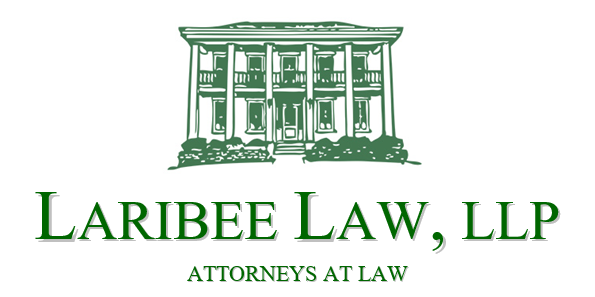Adjoining Landowner Liability: Tree Damage
Michael L. Laribee, Esq.
Althea was proud of the many beautiful trees on her property. She especially liked one very large maple tree located near the property line. Her neighbor, Jed, maintained a shed on his property. Several large branches of Althea’s maple tree crossed the property line and hung over his shed. During a particularly bad windstorm, a large branch broke off and fell. It crushed Jed’s shed. Jed demanded that Althea pay for the repairs. Must Althea fix the shed? Under these circumstances, probably not.
In Ohio common law, a landowner is generally not responsible for damages caused by the natural condition of her land. This includes natural dropping of leaves and other ordinary debris from trees. If a storm causes an otherwise healthy tree to fall or drop branches, the tree’s owner will not be held liable. The underlying rationale for this principle: courts do not want people filing lawsuits every time a neighbor’s tree or its branches fall on their property. So, courts decline to impose liability upon an adjoining landowner for what they call “the natural processes and cycles” of trees, plants, roots, and vines.
But, if we change the facts a little bit, there may be a very different result. Suppose Althea’s maple tree was decayed and dying and Jed complained to Althea several times that dead branches will damage his shed. If a windstorm then caused a decaying branch to snap and fall on Jed’s shed, Althea may be responsible for the repair costs.
Ohio law imposes a duty of reasonable care on landowners who have actual or constructive notice of decaying, defective, or unsound trees. In other words, if a landowner actually knows (or has reason to know) that his tree could cause damage to people or property, the landowner needs to take reasonable steps to prevent that harm. This is especially true in suburban and urban areas where parcels are smaller. Ohio courts have taken the position that it is not excessively burdensome to impose the duty upon urban landowners to reasonably know the condition of their trees.
How can Jed protect himself? Ohio law provides that Jed has the right to “cut off, sever, or otherwise eliminate” the branches of Althea’s tree which encroach on his land. However, he must not recklessly trim the encroaching branches or cause unnecessary damage. If he does, he is subject to a misdemeanor criminal charge and may have to pay Althea treble damages for the value of the tree and any change in her land value. If Althea’s tree is decayed or dying, Jed should notify her in writing. That way, there is proof that Althea was aware of the tree’s unsafe condition.
If you believe a neighbor’s tree poses a threat to your property, it is best to consult with a trusted real property attorney who can review your unique facts and provide proper guidance. The attorneys at Laribee Law, LLP are here to assist you with all questions of landowner liability.
Michael Laribee is a partner in the Medina law firm of Laribee Law, LLP. This article is intended to provide general information about the law. It is not intended to give legal advice. Readers are urged to seek advice from an attorney regarding their specific issues and rights.

